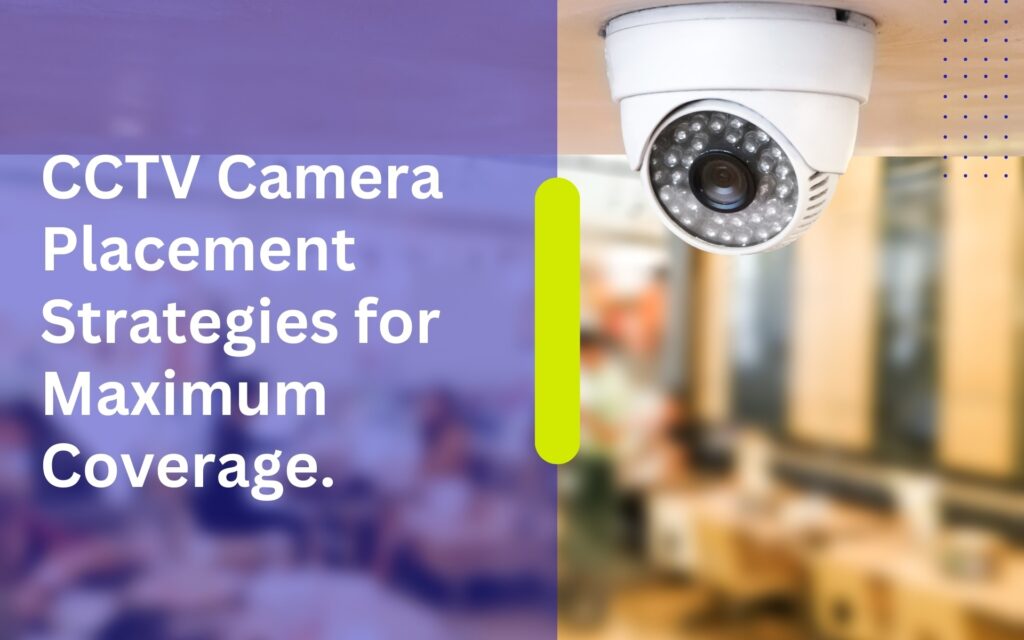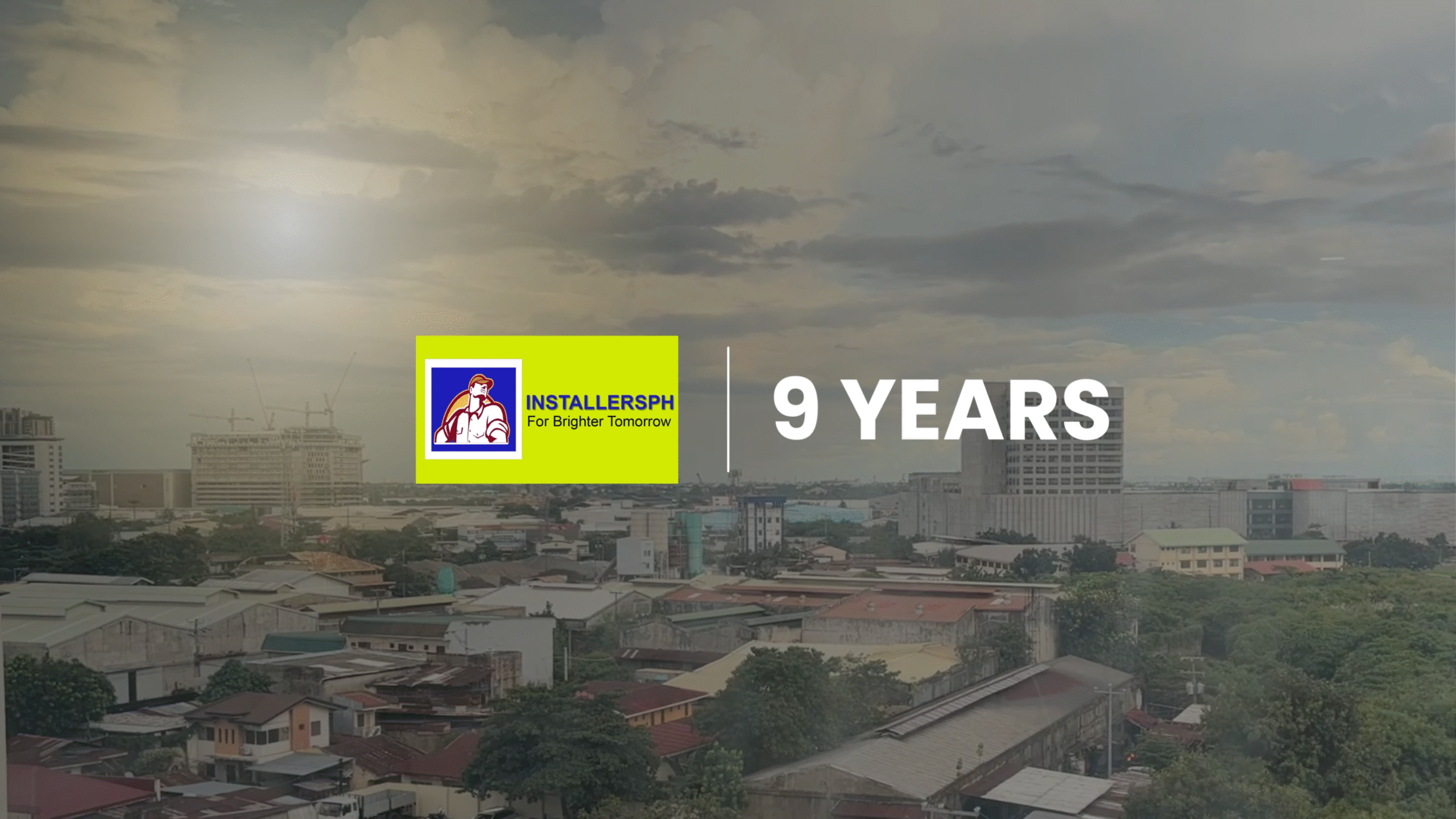InstallersPH IT Solutions 2026 AVP: A Brighter Tomorrow Built on Nine Years of Innovation and Dedication. Introduction. As InstallersPH IT Solutions proudly celebrates its ninth year of service in 2026, the company …
CCTV Camera Placement Strategies for Maximum Coverage.

Introduction
In an era dominated by technological advancements, Closed-Circuit Television (CCTV) cameras have become integral components in ensuring the safety and security of various environments. Whether it’s a business, residence, or public space, strategically placing CCTV cameras is crucial for achieving maximum coverage and optimal surveillance. This article aims to provide a comprehensive guide on CCTV camera placement strategies that not only enhance security but also adhere to professional standards. By understanding the key principles and considerations, you can make informed decisions to safeguard your property effectively.
Importance of CCTV Camera Placement
Before delving into specific placement strategies, it’s essential to understand the significance of proper CCTV camera placement. The primary goal of surveillance systems is to deter potential threats, monitor activities, and provide valuable evidence if an incident occurs. Optimal camera placement ensures that every corner of the monitored area is covered, minimizing blind spots and vulnerabilities. Additionally, strategic placement enhances the overall effectiveness of the CCTV system, providing a more comprehensive view of the surroundings.
Conducting a Site Assessment
Before implementing any CCTV camera placement strategy, conducting a thorough site assessment is crucial. This involves evaluating the physical layout of the area, identifying potential security risks, and understanding the specific needs and requirements of the surveillance system. The following factors should be considered during the site assessment:
A. Perimeter Analysis
Start by analyzing the perimeter of the property or facility. Identify entry and exit points, vulnerable areas, and potential hiding spots. This assessment will help determine the number of cameras needed to cover the entire perimeter effectively.
B. Lighting Conditions
Assess the lighting conditions in and around the area. Proper lighting is essential for clear and detailed surveillance footage. Consider installing additional lighting fixtures if certain areas are poorly lit, and position cameras to take advantage of natural light sources when possible.
C. Points of Interest
Identify critical points of interest within the surveillance area, such as entrances, parking lots, and high-traffic zones. These areas require special attention and may necessitate specific camera types or configurations to ensure optimal coverage.
D. Regulatory Compliance
Familiarize yourself with local and national regulations regarding CCTV camera installation and privacy concerns. Adhering to these regulations is crucial to avoid legal issues and ensure the ethical use of surveillance technology.
Key CCTV Camera Placement Strategies
Once the site assessment is complete, implementing effective CCTV camera placement strategies becomes the next step. The following strategies cover various scenarios and environments to provide maximum coverage:
A. Overlapping Coverage
To eliminate blind spots and ensure comprehensive surveillance, strategically position cameras with overlapping coverage. This ensures that if one camera’s view is obstructed or compromised, the adjacent camera can capture the necessary footage. Overlapping coverage is particularly important in large areas and critical zones.
B. Entry and Exit Points
Focus on securing entry and exit points, as these are prime locations for potential security breaches. Install cameras at a height that allows for facial recognition, and angle them to capture clear images of individuals entering and exiting. Additionally, consider using a combination of wide-angle and zoom lenses to cover both broad areas and specific details.
C. High-Risk Areas
Identify and prioritize high-risk areas based on the site assessment. These areas may include cash registers, server rooms, storage facilities, or sensitive information zones. Install cameras with advanced features such as pan-tilt-zoom (PTZ) capabilities to monitor these critical points more effectively.
D. Perimeter Protection
For properties with large perimeters, deploying a combination of fixed and PTZ cameras along the boundary is essential. Fixed cameras provide continuous coverage, while PTZ cameras allow for remote control and tracking of suspicious activities. Integrating infrared technology for night vision is also crucial for 24/7 surveillance.
E. Elevations and Angles
Consider the elevation and angles at which cameras are installed. Mount cameras at an optimal height to capture facial details, vehicle license plates, and other relevant information. Angling cameras downward from elevated positions can provide a broader field of view, especially in areas with varying terrain.
F. Consideration of Environmental Factors
Take into account environmental factors that may affect camera performance. For outdoor installations, use weather-resistant and vandal-proof cameras. Additionally, protect cameras from direct sunlight, rain, and harsh weather conditions to ensure longevity and sustained functionality.
G. Monitoring Traffic Flow
In areas with high pedestrian or vehicular traffic, monitor the flow to prevent congestion and enhance security. Install cameras at strategic points to observe crowd movements, identify potential bottlenecks, and respond promptly to any unusual behavior.
G. Concealed Cameras
In certain scenarios, it may be beneficial to use concealed or covert cameras to monitor activities discreetly. These cameras can be disguised as everyday objects or strategically placed in inconspicuous locations. However, it’s crucial to ensure compliance with privacy regulations when using concealed cameras.
H. Integration with Access Control Systems
Integrate CCTV cameras with access control systems to enhance security measures. By synchronizing camera feeds with access points, you can monitor and record entries and exits, providing an additional layer of security and accountability.
Technology Enhancements for Maximum Coverage
In addition to strategic placement, leveraging advanced technologies can further enhance the coverage and effectiveness of CCTV systems. Consider the following technological enhancements:
A. Intelligent Video Analytics
Implement intelligent video analytics to enable automated monitoring and analysis of surveillance footage. This technology can detect suspicious behavior, unauthorized access, and abnormal activities, triggering immediate alerts for security personnel.
B. Remote Monitoring and Control
Opt for CCTV systems with remote monitoring and control capabilities. This allows security personnel to access live feeds and control camera movements from a central monitoring station or even a mobile device, ensuring real-time responsiveness to security incidents.
C. High-Resolution Cameras
Invest in high-resolution cameras to capture clear and detailed footage. High-resolution cameras are essential for facial recognition, license plate identification, and the overall clarity of surveillance recordings. Consider cameras with 4K or higher resolution for critical areas.
D. Infrared and Low-Light Capabilities
Choose cameras equipped with infrared and low-light capabilities for effective surveillance during nighttime or low-light conditions. This ensures that the CCTV system remains operational 24/7, providing continuous protection.
E. PTZ Cameras for Dynamic Monitoring
Integrate Pan-Tilt-Zoom (PTZ) cameras for dynamic monitoring of specific areas. PTZ cameras allow operators to zoom in on details, track moving objects, and survey large areas with a single camera, providing flexibility and adaptability in surveillance.
F. Edge Storage and Redundancy
To ensure data integrity and continuity, consider cameras with edge storage capabilities. Edge storage allows cameras to store footage locally, acting as a backup in case of network failures. Additionally, implement redundancy measures such as backup power sources and redundant data storage.
Maintenance and Regular Checks
To ensure the ongoing effectiveness of a CCTV system, regular maintenance and checks are essential. Establish a routine maintenance schedule to inspect cameras, clean lenses, and verify system functionality. Address any issues promptly to prevent downtime and maintain the security of the monitored area.
Conclusion
CCTV camera placement is a critical aspect of designing an effective surveillance system. By conducting a thorough site assessment, understanding key placement strategies, and leveraging advanced technologies, you can achieve maximum coverage and enhance the security of your property or facility. Whether it’s deterring potential threats, monitoring high-risk areas, or responding to security incidents in real-time, a well-planned CCTV camera placement strategy is essential for comprehensive surveillance. Stay informed about the latest advancements in surveillance technology and continuously evaluate and update
Related Articles
How to Properly Conduct CCTV Preventive Maintenance Service (PMS). Introduction. CCTV systems play a crucial role in maintaining safety and security within properties, businesses, and institutions. However, even the most advanced surveillance …
Celebrating the Birthday of our Sales Executive, Ms. Diornelyn Subico. Introduction. Today, we take a special moment to celebrate the birthday of our dedicated and well-loved Sales Executive, Ms. Diornelyn Subico. As …


